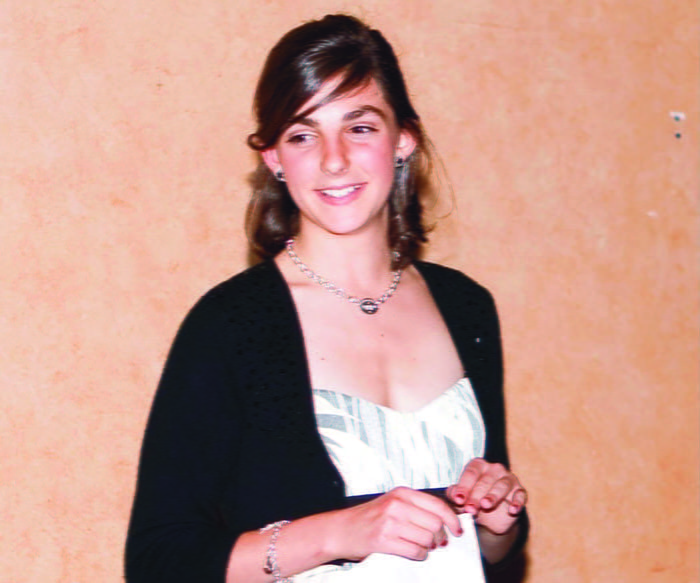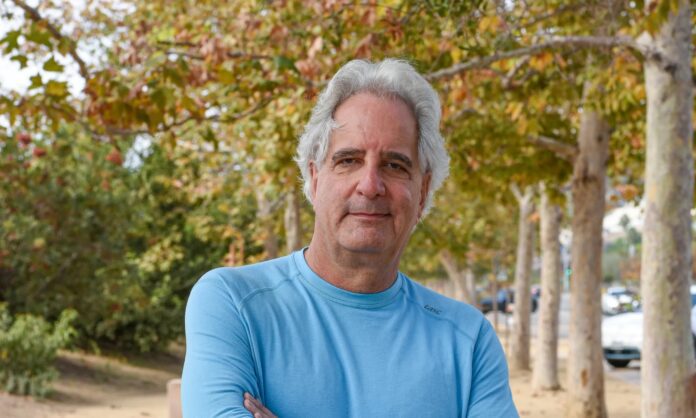By Michel Shane
If you read this on Thursday, April 3, you’re witnessing my heart laid bare. Fifteen years ago today, my world imploded when Emily was stolen from us on PCH. Not taken — stolen. Because death on a preventable death trap isn’t natural; it’stheft. It robs families of futures, communities of promise, and parents of wholeness.
When your child dies, you’re gutted. Permanently. I created three hearts and watched them grow into the world, each carrying all of our love until one was violently ripped away. The question haunts me daily: How do you become whole when a piece of your soul has been torn from you? You don’t. You transform. You become a weapon aimed at preventing others from experiencing your pain. You weaponize your grief.

We refused — immediately, fiercely — to let Emily become another nameless tragedy, just “that poor child killed on PCH.” While still reeling from those first devastating hours, we launched “Pass it Forward,” an act of defiance against darkness. This evolved into The Emily Shane Foundation, our SEA program mentoring struggling middle schoolers, and eventually pushed me to create the film “21 Miles in Malibu,” igniting our “Driving Change” division. All because we made one critical choice: light over consuming darkness.
Meanwhile, PCH continues its deadly legacy, though we now wonder what will become of the road after the fires. We know it will resurrect and continue — we can’t let it be from the past; it must be the future. A serpentine death trap disguised as a scenic drive. How many more memorials will line its shoulders before we demand meaningful change? How many more children must die before we stop accepting politicians’ empty promises and half-measures?
Caltrans is now painting bike lanes along this killer highway and expecting our gratitude. A PAINTED LINE on a HIGHWAY is beyond negligent — it’s criminal! Ask any child if a painted line will stop a distracted driver going 65 mph from killing a bicyclist. They’ll tell you what our officials can’t seem to grasp: lines don’t save lives. Proper infrastructure does. Malibu — our paradise of just 10,000 souls( or less) — ranks among America’s top 25 deadliest cities per capita for road fatalities. Read that again. Let it burn into your consciousness. Is this acceptable to you? Because it’s not to me, and it shouldn’t be to anyone who calls this community home.
And yet, the most obvious solution glitters daily before our eyes: the ocean. While we squeeze more cars, bikes, and pedestrians onto a single deadly strip of asphalt, the Pacific offers an untapped transportation corridor. Why aren’t we demanding water taxis, ferry services, and integrated electric shuttles like countless other coastal communities worldwide? Why can’t we demand our fair share of infrastructure funds to create safe alternatives for daily life and emergency evacuations?
What I find most maddening is the disconnect between what we say and do. We call ourselves a progressive, environmentally conscious community yet cling to outdated, carbon-spewing transportation models. We pride ourselves on innovation while accepting solutions from the 1950s. We claim to value every life while tolerating infrastructure that regularly claims them. This hypocrisy must end.
Every day that I drive past the spot where Emily died, I’m confronted by our collective failure. That sacred ground remains unchanged — still dangerous, still claiming victims, still tearing families apart. When I see tourists walking precariously along PCH edges or cyclists gambling with their lives in traffic, I don’t just see strangers. I see future Emilys. Future heartbreaks. Future funerals that don’t need to happen.
Our city pleads for visitors to use “alternative means,” while PCH is closed to visit us, without creating any alternatives!What exactly are tourists supposed to do? My flying car is still in the shop, and I suspect yours is too. We need action, not empty rhetoric — integrated water transit, parking plazas with frequent shuttles, and physically separated bike paths. I refuse to believe I’m the smartest person in this equation because if I am, we’re doomed. Why not run a pilot program this summer? We all know that even if PCH is operational, it will be one lane at 25 miles an hour for years; I feel the frustration just saying that.
Ask yourself: What if April 3 becomes YOUR day of loss? What if it’s your child, parent, or partner whose life is suddenly erased on PCH? Will you feel differently then about painted bike lanes and bureaucratic delays? Will you wish you had demanded more when you had the chance?
The time for grieving what we’ve lost must now fuel building what we need. We stand at a pivotal moment — we can either rebuild the same vulnerable systems on the same deadly foundations or create something transformative that honors our dead by protecting the living.
In the coming weeks, we’ll announce The Emily Shane Foundation’s major fundraiser. This year, your support isn’t just appreciated — it’s essential. We’re not just mentoring struggling students; we’re launching our new division dedicated to ensuring no more families experience the devastating loss of a loved one to road violence. Join us. Fight with us. Because if not you, then who?
To my beloved Emily: You live in every breath I take, every word I write, every change I demand. You showed us that even in unbearable pain, we could choose light. Your legacy isn’t just in memory — it’s in action, in the lives we save, the systems we change, and the future we create. Emily Shane Way isn’t just a street sign — it’s how we must live.
You can reach me at Michel@21milesroadrules.com

